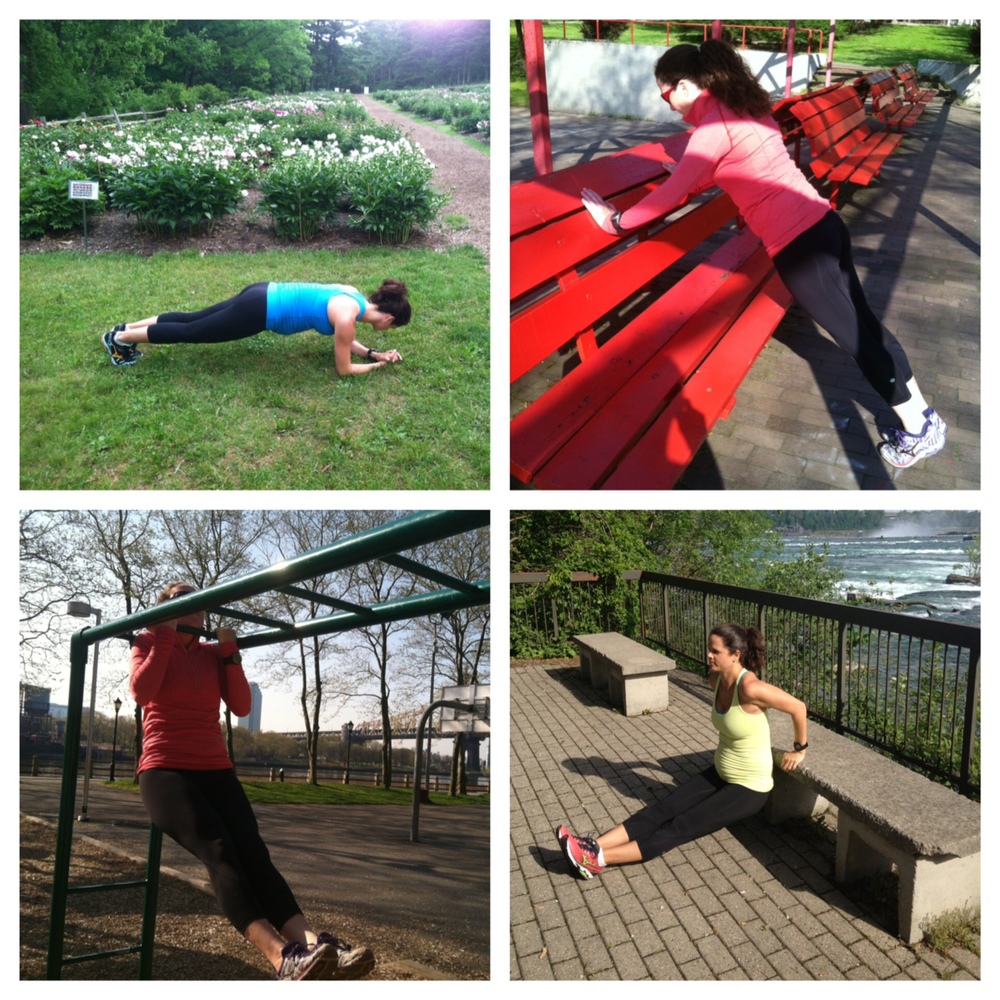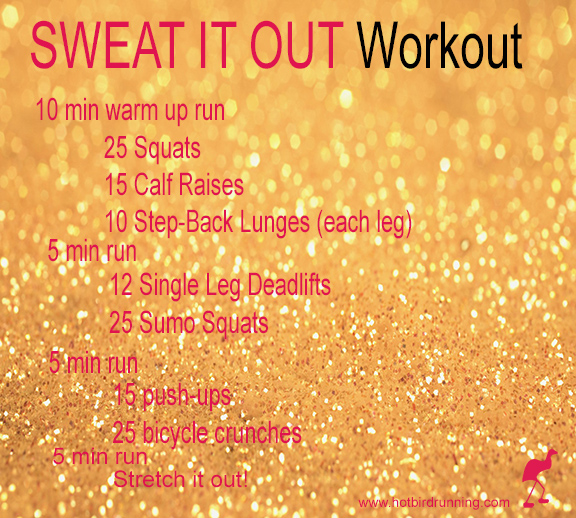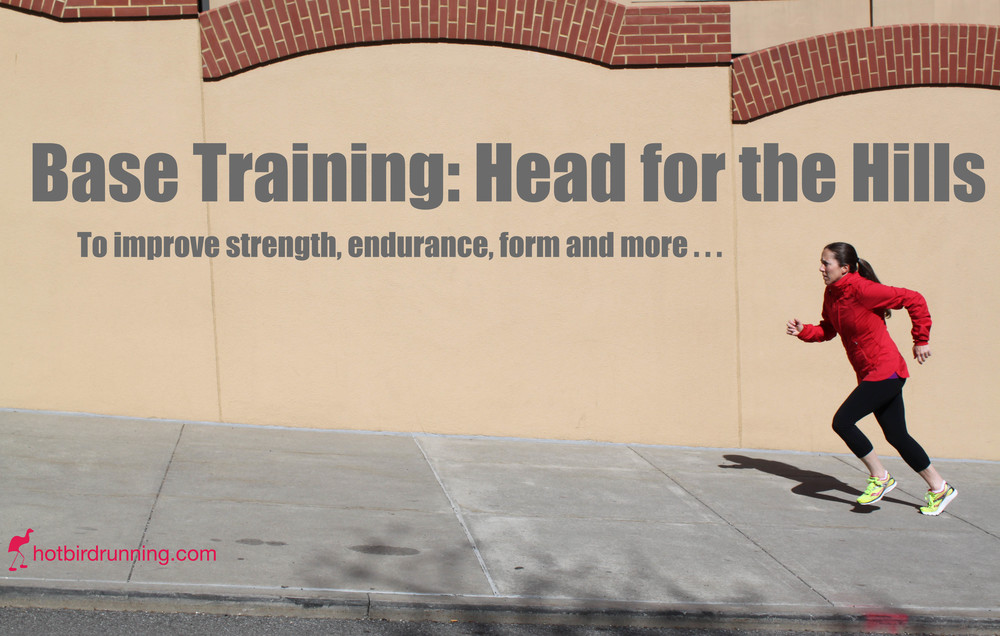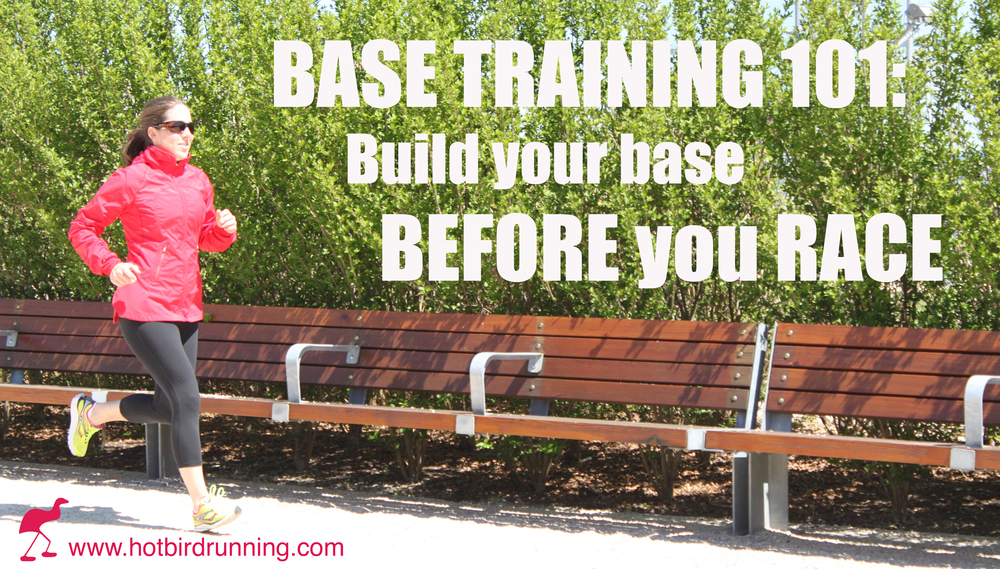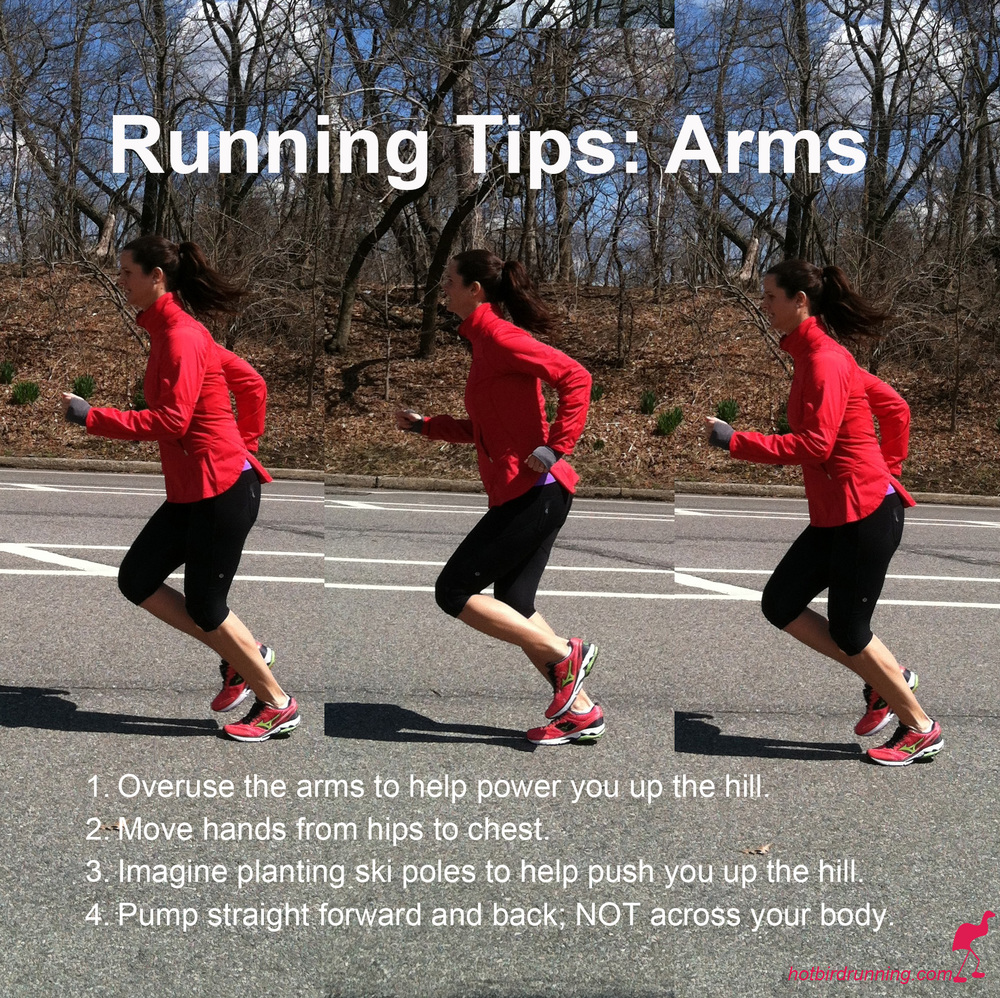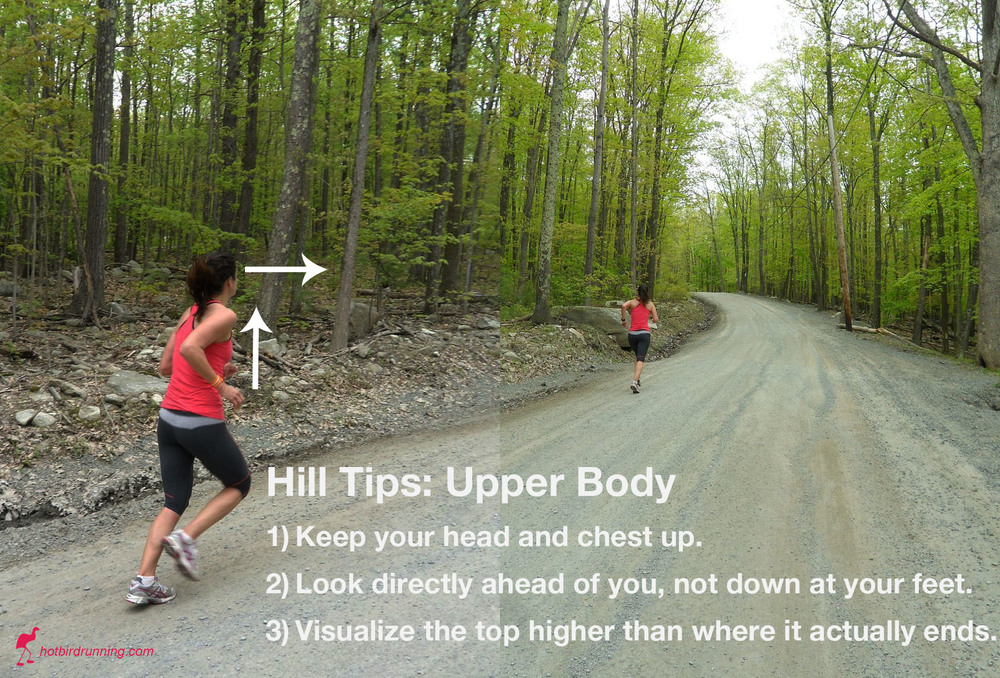Meghan had the opportunity to review Designer Whey products. She tested out their protein powder, bars, shakes and their Protein2Go packets throughout the month of April. Disclaimer: Designer Whey sent me the products for the review. All opinions are my own.
I'm a huge fan of smoothies, especially protein smoothies. I pretty much drink one smoothie a day - either for breakfast, an afternoon snack and a post-workout meal. When Designer Whey offered to send product to us to review and test out, I said "of course!" We've used a number of different products before and are always open to trying out new or different brands. I have a sensitive stomach and can't tolerate lactose or soy. I don't really like the aftertaste of hemp protein and some whey proteins have had an adverse effect on my stomach. I've used their French Vanilla Whey Powder in the past so I was looking forward to trying new flavors and their new products.
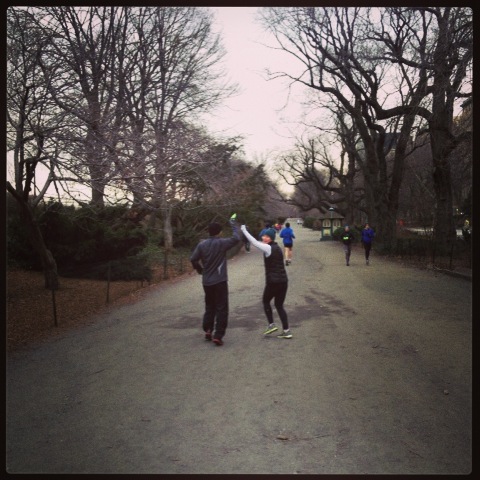 The box I received was loaded with products: Powders (French Vanilla and White Chocolate), Bars (Triple Chocolate Crunch, Chocolate Caramel Crunch and Peanut Butter Crunch), Shakes (Vanilla and Chocolate) and their Protein2Go packets (Lemonade, Mixed Berry and Tropical Orange).
The box I received was loaded with products: Powders (French Vanilla and White Chocolate), Bars (Triple Chocolate Crunch, Chocolate Caramel Crunch and Peanut Butter Crunch), Shakes (Vanilla and Chocolate) and their Protein2Go packets (Lemonade, Mixed Berry and Tropical Orange).
The bars are my favorite new product from Designer Whey. They were delicious and didn't have that gross, processed after taste that so many protein bars have. I used them as post workout meals when I knew I didn't have time for a full meal (I sometimes have clients, runs and meeting back to back to back) and as afternoon pick-me-up snacks. I never felt heavy after eating any of the bars.
 I was traveling for a week during my testing period so I brought along the Protein2Go packets and the bars. These were great because I was traveling a lot during the days and were easy ways to get my protein when eating out all the time. I'm not a fan of pre-packaged shakes and thought those were the most processed tasting product out of everything I sampled. While I was home, I used the protein powder for everything - smoothies, baking and pancakes. I love my spinach, almond milk, banana and pineapple smoothie with french vanilla protein powder in the mornings. I made pancakes with both powder flavors - the white chocolate was delish with berries! I made banana bread and quinoa muffins with the vanilla protein powder. In short, I was a protein eating superstar all through April - even during my travels!
I was traveling for a week during my testing period so I brought along the Protein2Go packets and the bars. These were great because I was traveling a lot during the days and were easy ways to get my protein when eating out all the time. I'm not a fan of pre-packaged shakes and thought those were the most processed tasting product out of everything I sampled. While I was home, I used the protein powder for everything - smoothies, baking and pancakes. I love my spinach, almond milk, banana and pineapple smoothie with french vanilla protein powder in the mornings. I made pancakes with both powder flavors - the white chocolate was delish with berries! I made banana bread and quinoa muffins with the vanilla protein powder. In short, I was a protein eating superstar all through April - even during my travels!

Overall, I would highly recommend the Designer Whey products I tested. I encourage my clients to test out products and find what works for them. I gave a few of them the Protein2Go packets and some of the powder. I especially like the bars and Protein2Go packets because they are easy, tasty and portable. I'm loving the White Chocolate powder and the lemonade Protein2Go flavor currently!


